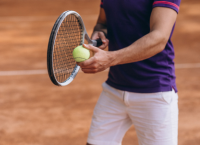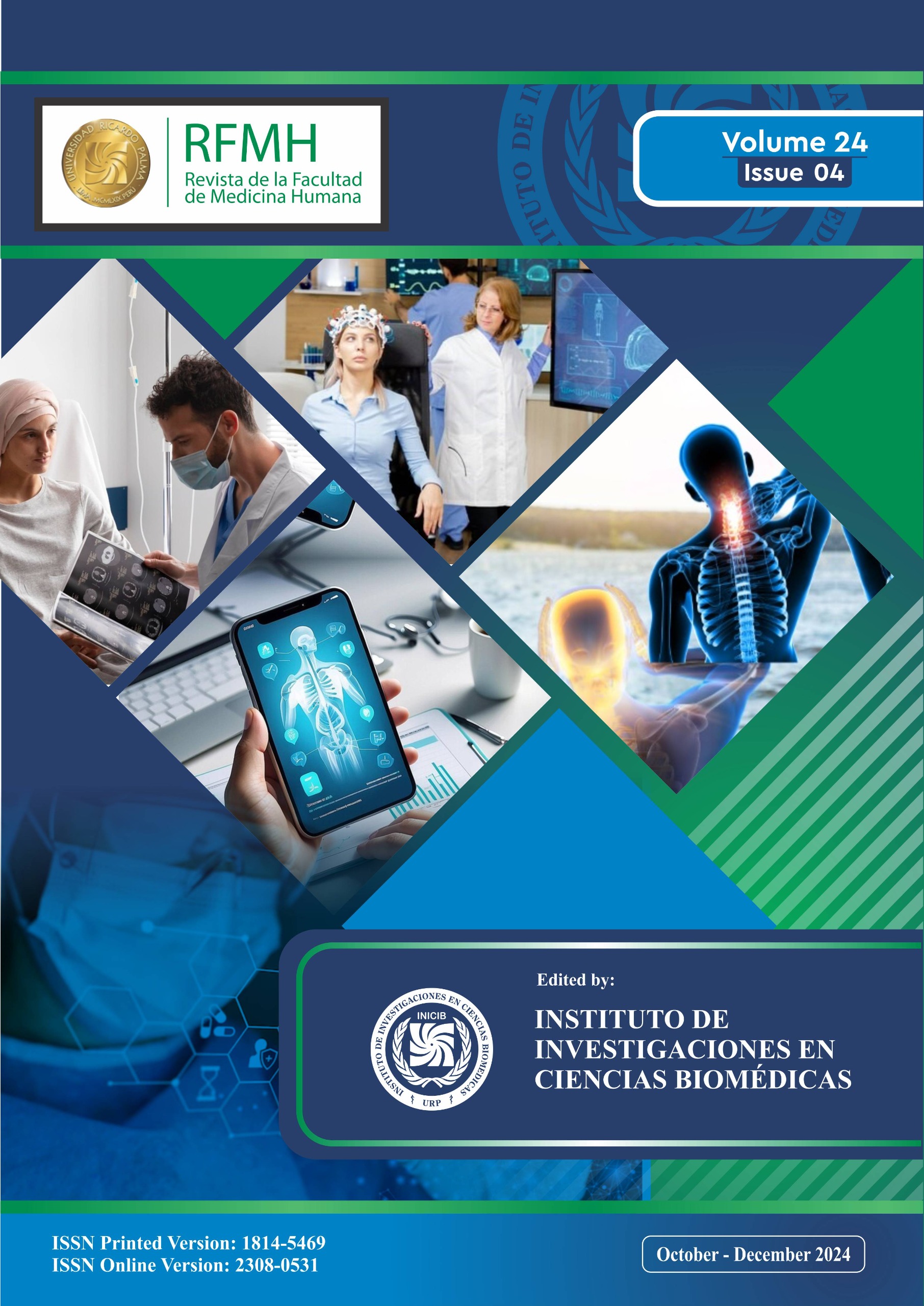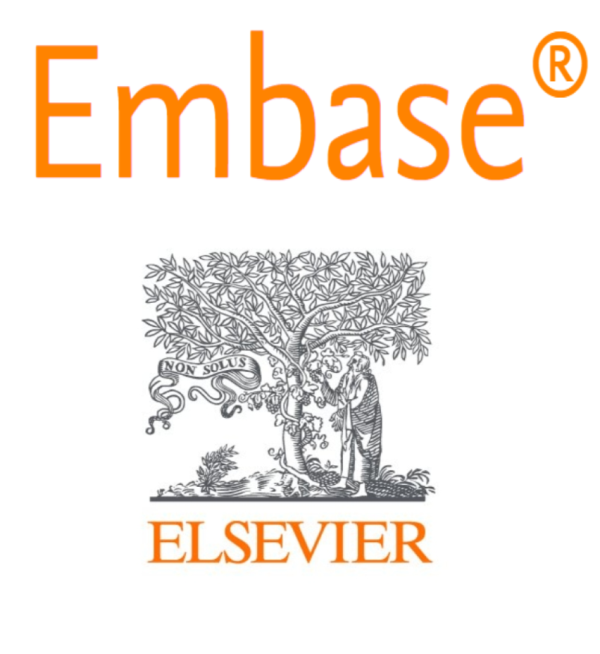Anthropometric Profile and Maximum Serve Speed in Male Tennis Players at a Peruvian Sports Medical Center
Perfil antropométrico y velocidad máxima de servicio en tenistas varones de un centro deportivo medico peruano | 秘鲁体育医疗中心男性网球运动员的体测特征和最快发球速度
DOI:
https://doi.org/10.25176/RFMH.v24i3.6677Keywords:
Tennis, Anthropometry, Speed, Athletic Performance, Personalized TrainingAbstract
Objective: To evaluate the relationship between anthropometric profile and serve speed in male Peruvian tennis players.
Methods: A quantitative, observational, cross-sectional, and analytical study was conducted with 79 male tennis players from the FiXU sports medical center in Lima, Peru, during 2023 and 2024. Variables such as height, weight, BMI, and limb dimensions were measured. Serve speed was assessed using a calibrated speed gun.
Results: The average serve speed was 94.38 km/h (±9.98). The average height of the players was 174.61 cm (±4.17) and the average weight was 72.20 kg (±6.97). Height (r=0.796) and weight (r=0.533) showed significant correlations with serve speed. Weekly playing hours (r=0.611) and years of experience (r=0.435) also showed positive associations. Linear regression identified height (B=1.91, p<0.001), weight (B=0.76, p<0.001), and forearm length (B=6.00, p<0.001) as significant predictors of serve speed.
Conclusion: Height and weight are significant predictors of serve speed in Peruvian tennis players. Limb measurements and years of experience positively influence serve speed, while BMI showed no significant correlation.
Downloads
References
Colomar J, Corbi F, Brich Q, Baiget E. Determinant Physical Factors of Tennis Serve Velocity: A Brief Review. Int J Sports Physiol Perform. 5 de julio de 2022;17(8):1159-69.
Roetert EP, Ellenbecker TS, Reid M. Biomechanics of the Tennis Serve: Implications for Strength Training. Strength Cond J. agosto de 2009;31(4):35.
Hayes MJ, Spits DR, Watts DG, Kelly VG. Relationship Between Tennis Serve Velocity and Select Performance Measures. J Strength Cond Res. 1 de enero de 2021;35(1):190-7.
Colomar J, Corbi F, Baiget E. Improving Tennis Serve Velocity: Review of Training Methods and Recommendations. Strength Cond J. agosto de 2023;45(4):385.
Kovacs M, Ellenbecker T. An 8-Stage Model for Evaluating the Tennis Serve. Sports Health. noviembre de 2011;3(6):504-13.
Sánchez-Pay A, Ramón-Llin J, Martínez-Gallego R, Sanz-Rivas D, Sánchez-Alcaraz BJ, Frutos S. Fitness testing in tennis: Influence of anthropometric characteristics, physical performance, and functional test on serve velocity in professional players. PLoS ONE. 29 de noviembre de 2021;16(11):e0259497.
Fernandez-Fernandez J, Nakamura FY, Moreno-Perez V, Lopez-Valenciano A, Coso JD, Gallo-Salazar C, et al. Age and sex-related upper body performance differences in competitive young tennis players. PLOS ONE. 3 de septiembre de 2019;14(9):e0221761.
Leite MAF de J, Sasaki JE, Lourenço CLM, Zanetti HR, Mota GR da, Mendes EL. Using the medicine ball throw test to predict upper limb muscle power: validity evidence. Rev Bras Cineantropometria Desempenho Hum. 9 de marzo de 2020;22:e63286.
Canós J, Corbi F, Colomar J, Cirer-Sastre R, Baiget E. Effects of isoinertial or machine-based strength training on performance in tennis players. Biol Sport. septiembre de 2022;39(3):505-13.
Vaverka F, Cernosek M. Association between body height and serve speed in elite tennis players. Sports Biomech. marzo de 2013;12(1):30-7.
Liang Z, Wu J, Yu J, Ying S, Liu Z, Zhang Y, et al. Comparison and analysis of the biomechanics of the lower limbs of female tennis players of different levels in foot-up serve. Front Physiol. 24 de febrero de 2023;14:1125240.
Tomlinson DJ, Erskine RM, Morse CI, Winwood K, Onambélé-Pearson GL. Combined effects of body composition and ageing on joint torque, muscle activation and co-contraction in sedentary women. Age. junio de 2014;36(3):9652.
Wood CT, Truong T, Skinner AC, Armstrong SC, Perrin EM, Woo JG, et al. Timing and Magnitude of Peak Body Mass Index and Peak Weight Velocity in Infancy Predict Body Mass Index at 2 Years in a Retrospective Cohort of Electronic Health Record Data. J Pediatr. 1 de junio de 2023;257:113356.
Cuschieri S. The STROBE guidelines. Saudi J Anaesth. abril de 2019;13(Suppl 1):S31-4.
WMA - The World Medical Association-WMA Declaration of Taipei on Ethical Considerations regarding Health Databases and Biobanks [Internet]. [citado 9 de octubre de 2023]. Disponible en: https://www.wma.net/policies-post/wma-declaration-of-taipei-on-ethical-considerations-regarding-health-databases-and-biobanks/
Villouta PL, Correia-de-Campos LFC, Paredes-Arias M, Vargas-Vitoria R, Martínez-Salazar C, Araneda-Garces N. Caracterización Antropométrica y Composición Corporal de Tenistas de Elite Varones y Damas de Chile. Int J Morphol. febrero de 2021;39(1):84-9.
Wong FK, Keung JH, Lau NM, Ng DK, Chung JW, Chow DH. Effects of Body Mass Index and Full Body Kinematics on Tennis Serve Speed. J Hum Kinet. 9 de abril de 2014;40:21-8.
Fett J, Ulbricht A, Ferrauti A. Impact of Physical Performance and Anthropometric Characteristics on Serve Velocity in Elite Junior Tennis Players. J Strength Cond Res. enero de 2020;34(1):192.
Bonato M, Maggioni MA, Rossi C, Rampichini S, La Torre A, Merati G. Relationship between anthropometric or functional characteristics and maximal serve velocity in professional tennis players. J Sports Med Phys Fitness. octubre de 2015;55(10):1157-65.
Baiget E, Corbi F, López J. Influence of anthropometric, ball impact and landing location parameters on serve velocity in elite tennis competition. Biol Sport. 2022;40(1):273-81.

Downloads
Published
How to Cite
Issue
Section
License
Copyright (c) 2024 Revista de la Facultad de Medicina Humana

This work is licensed under a Creative Commons Attribution 4.0 International License.






























